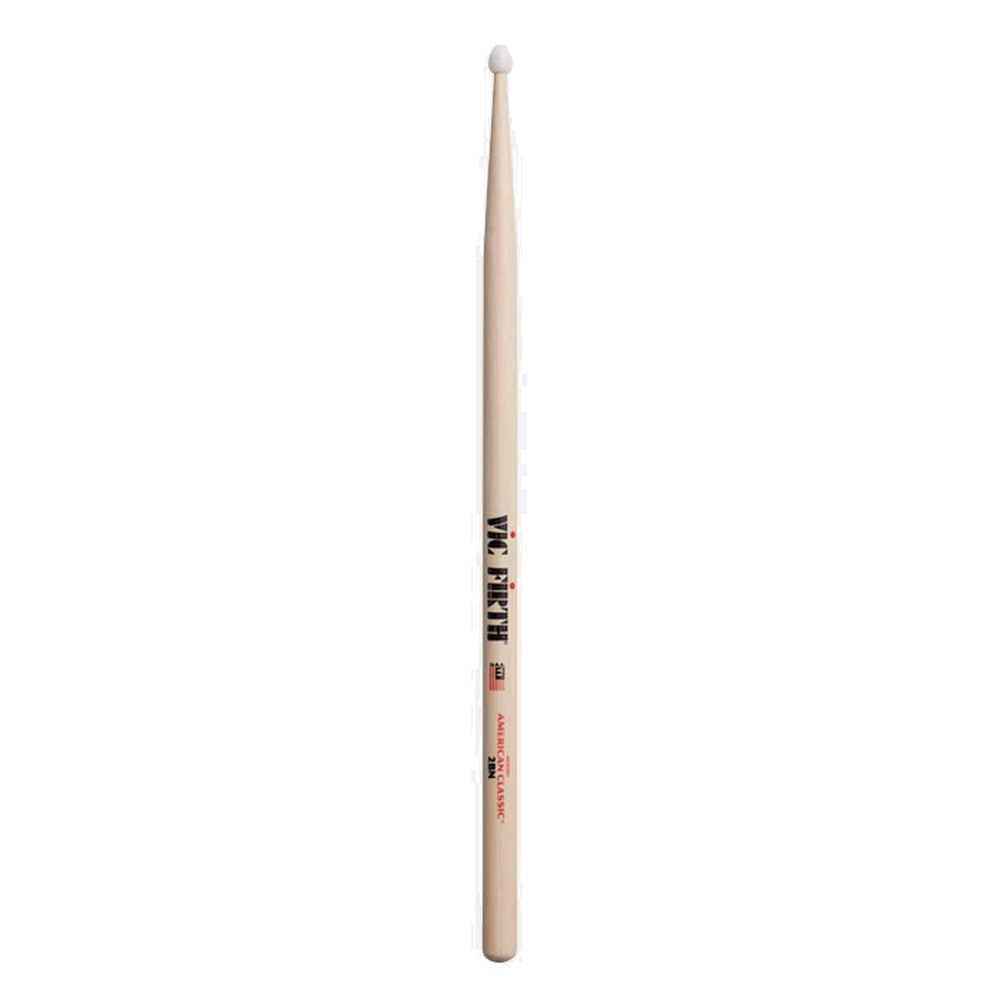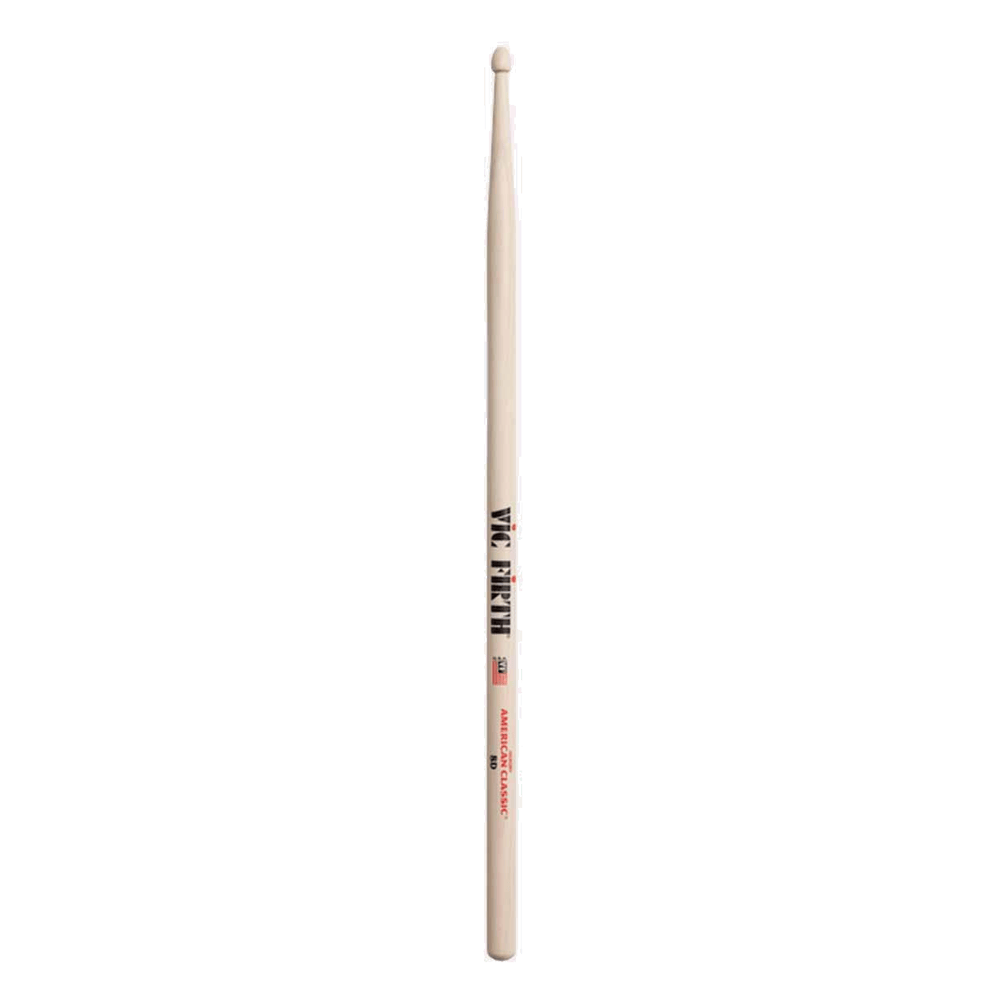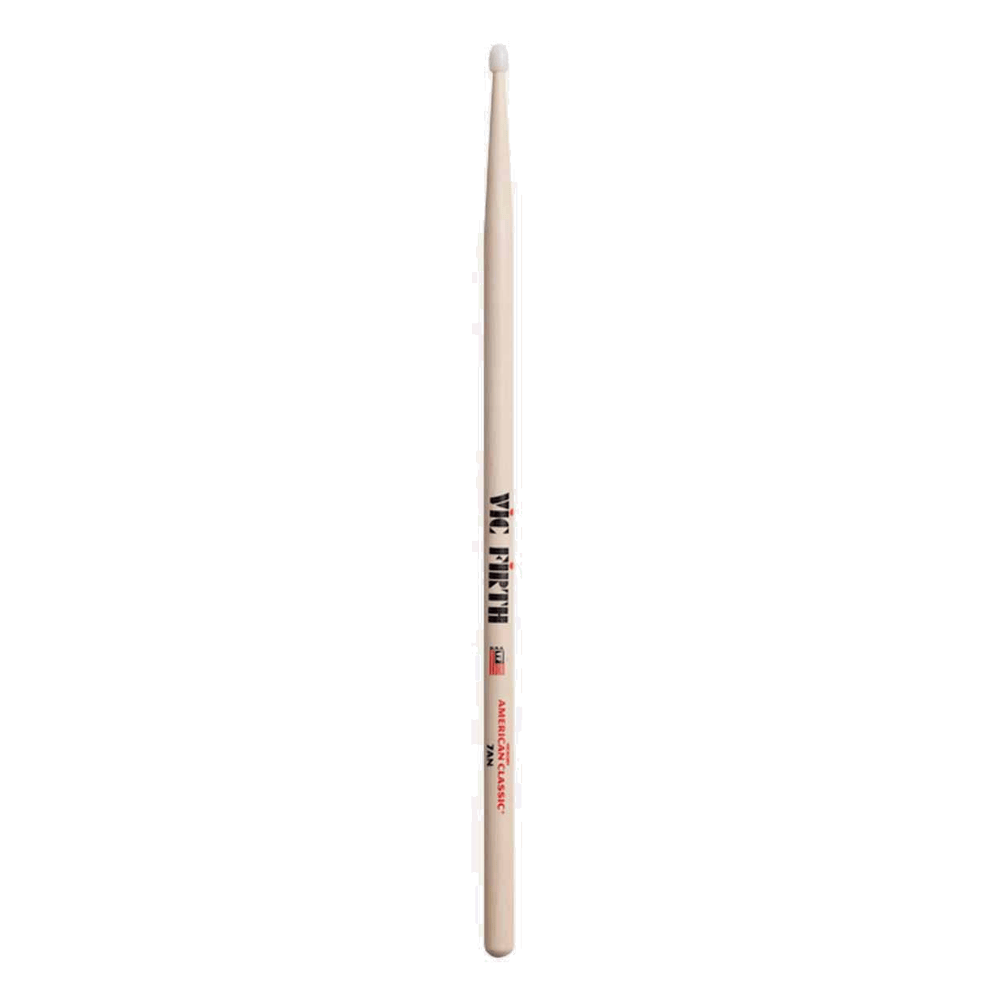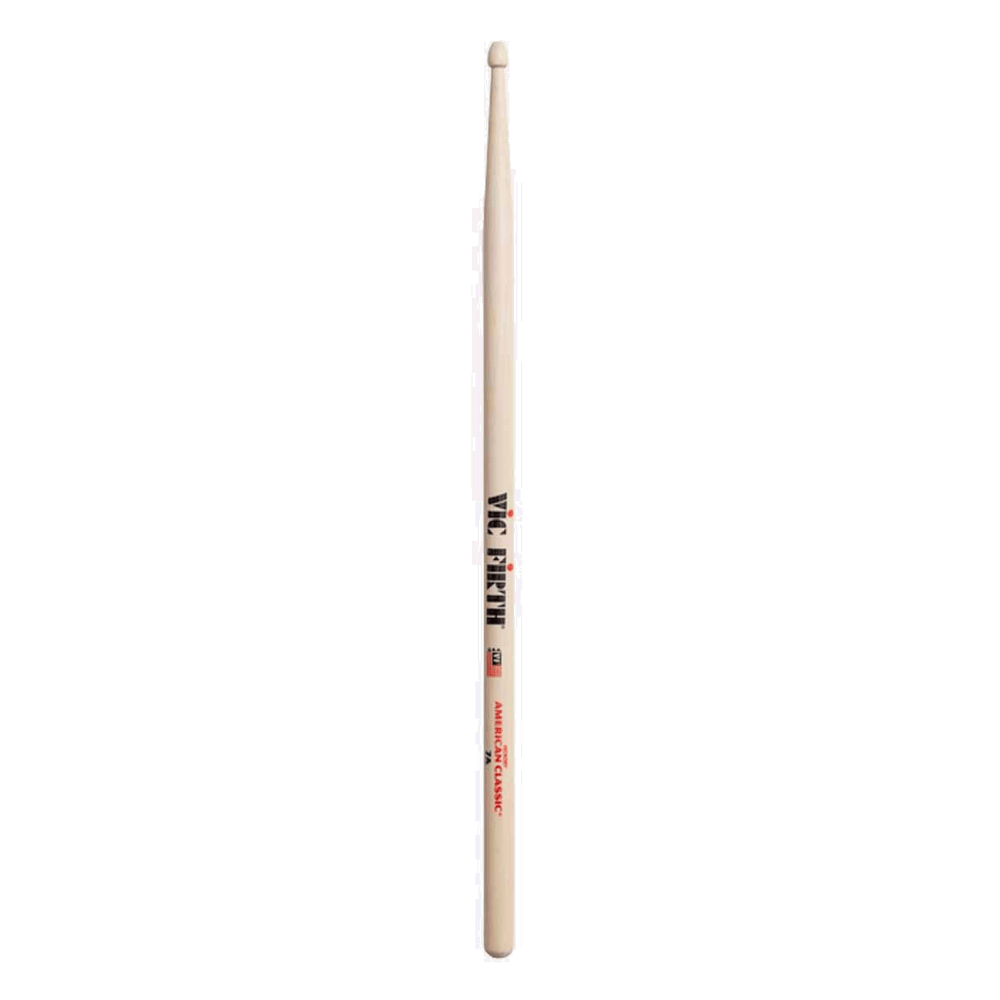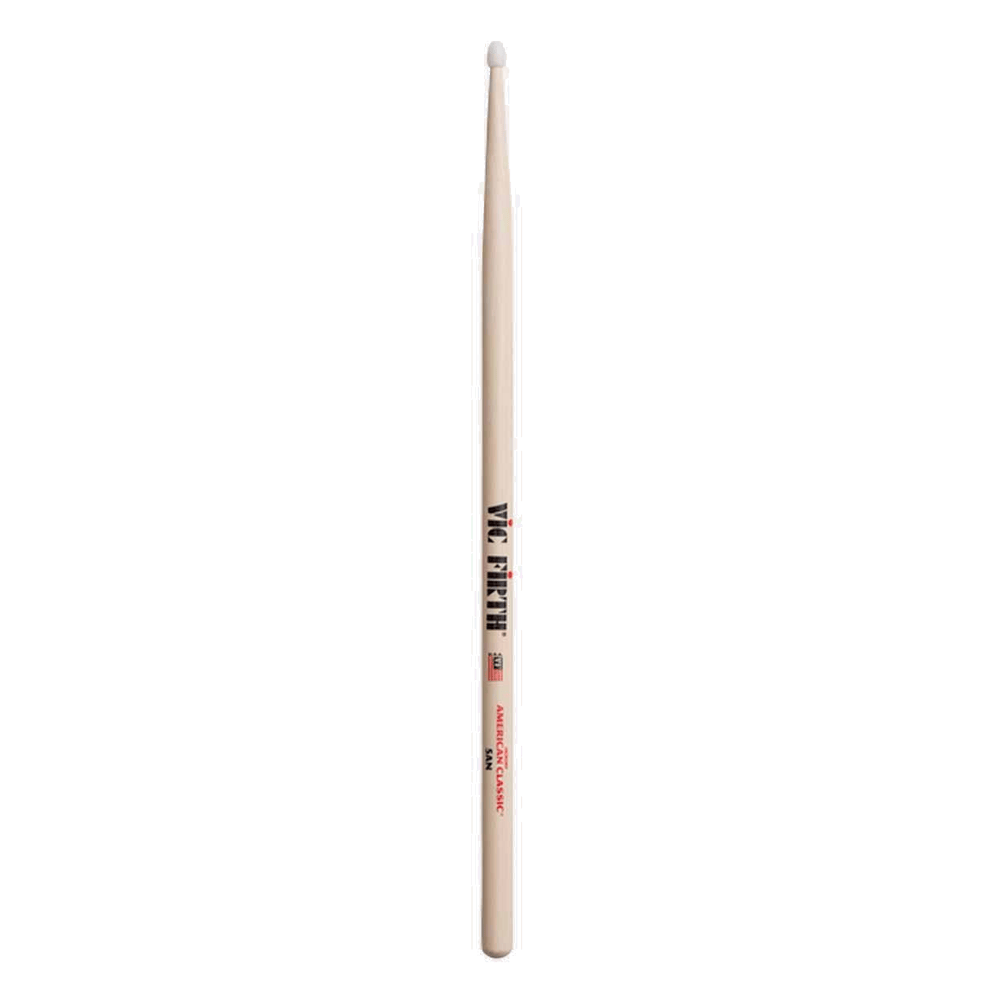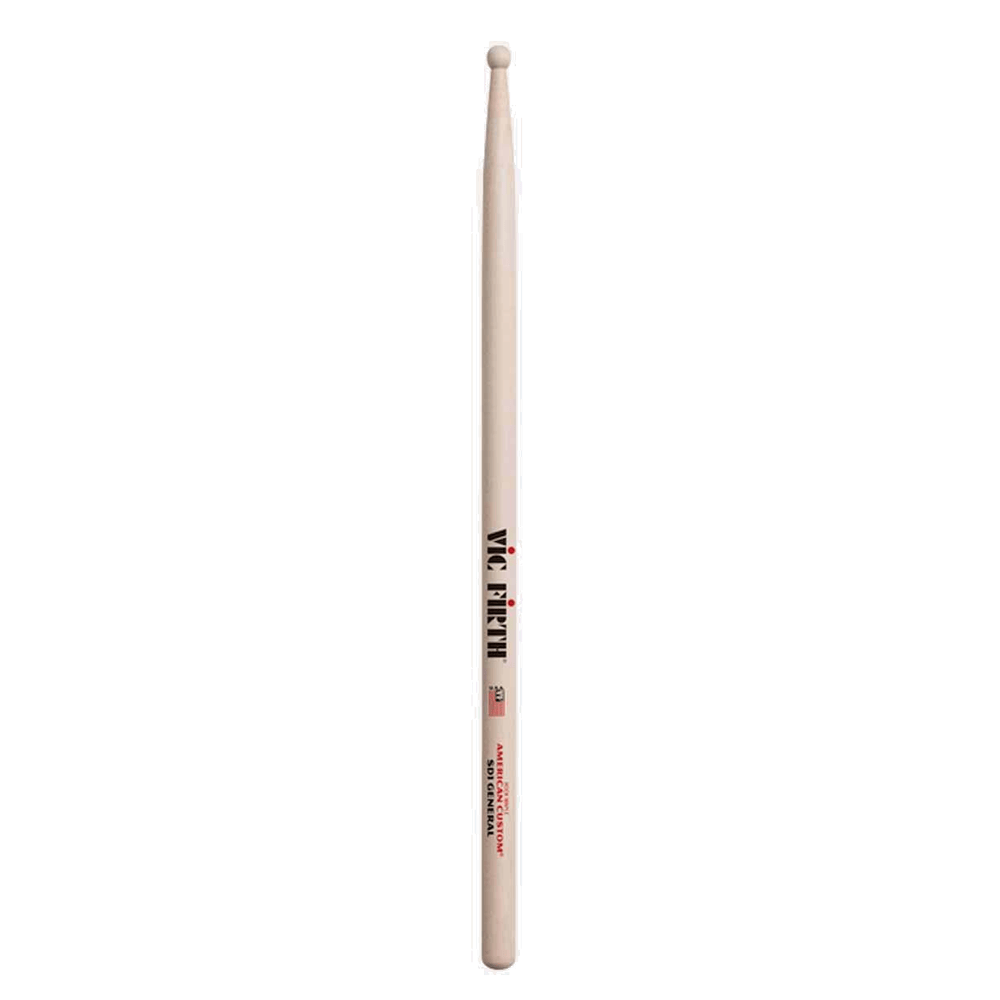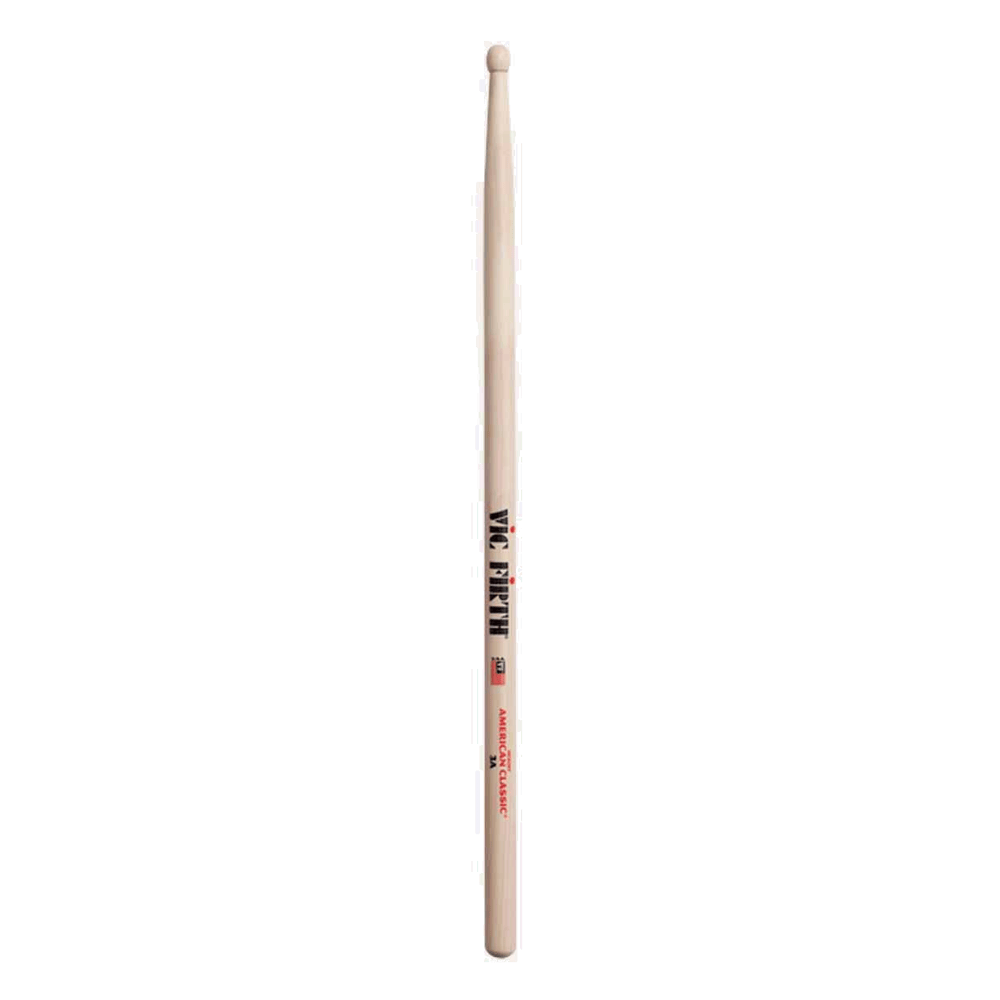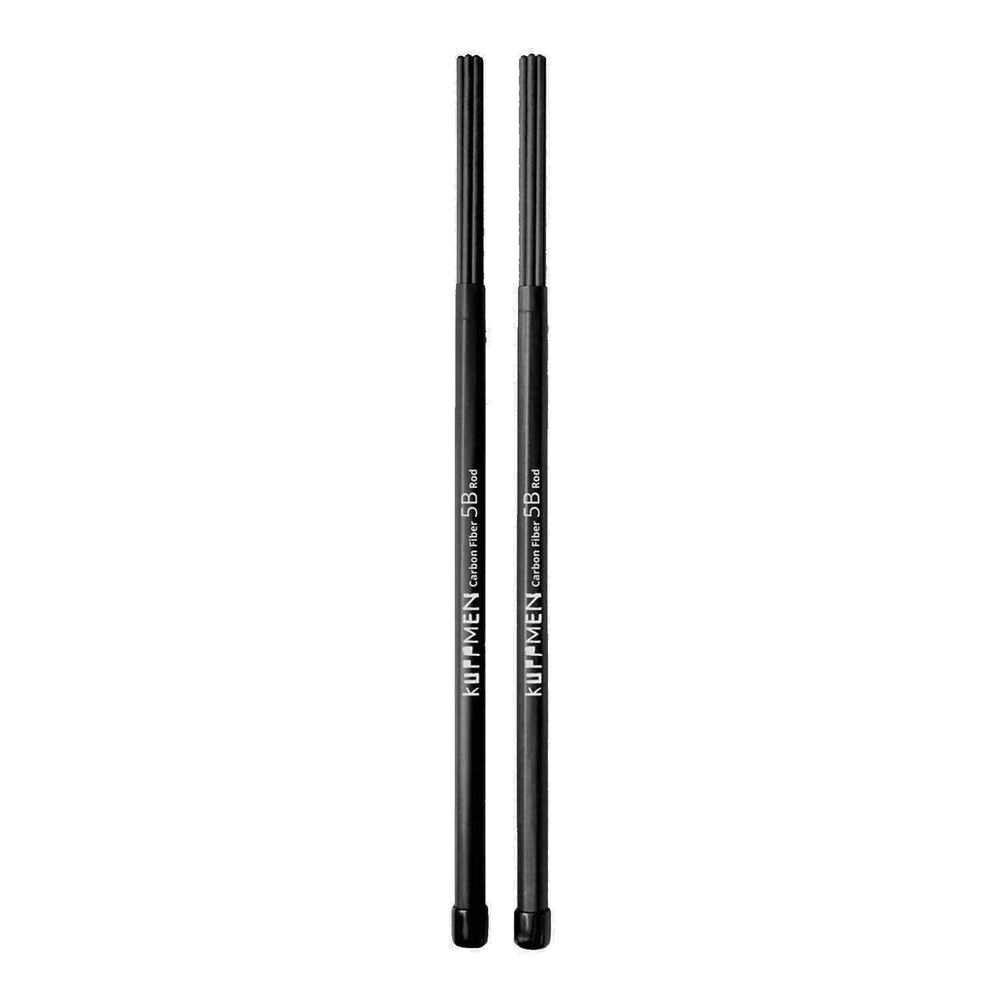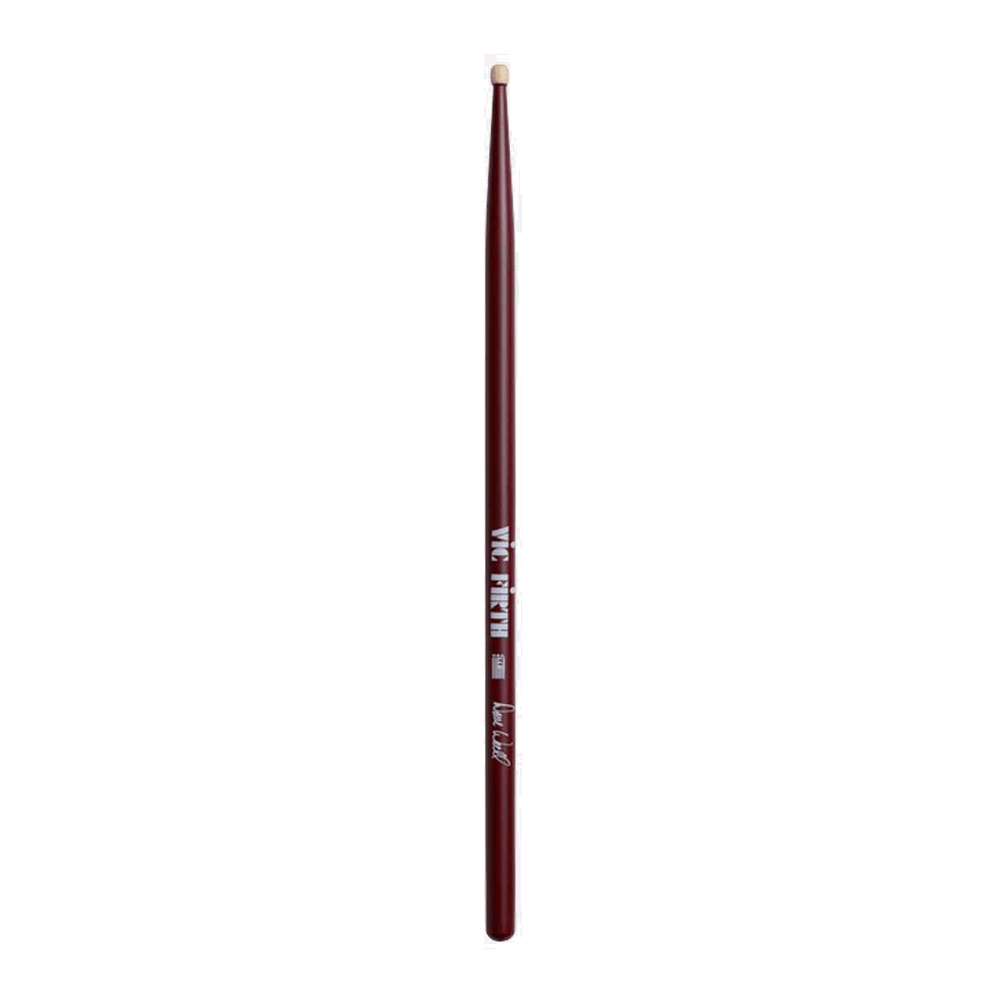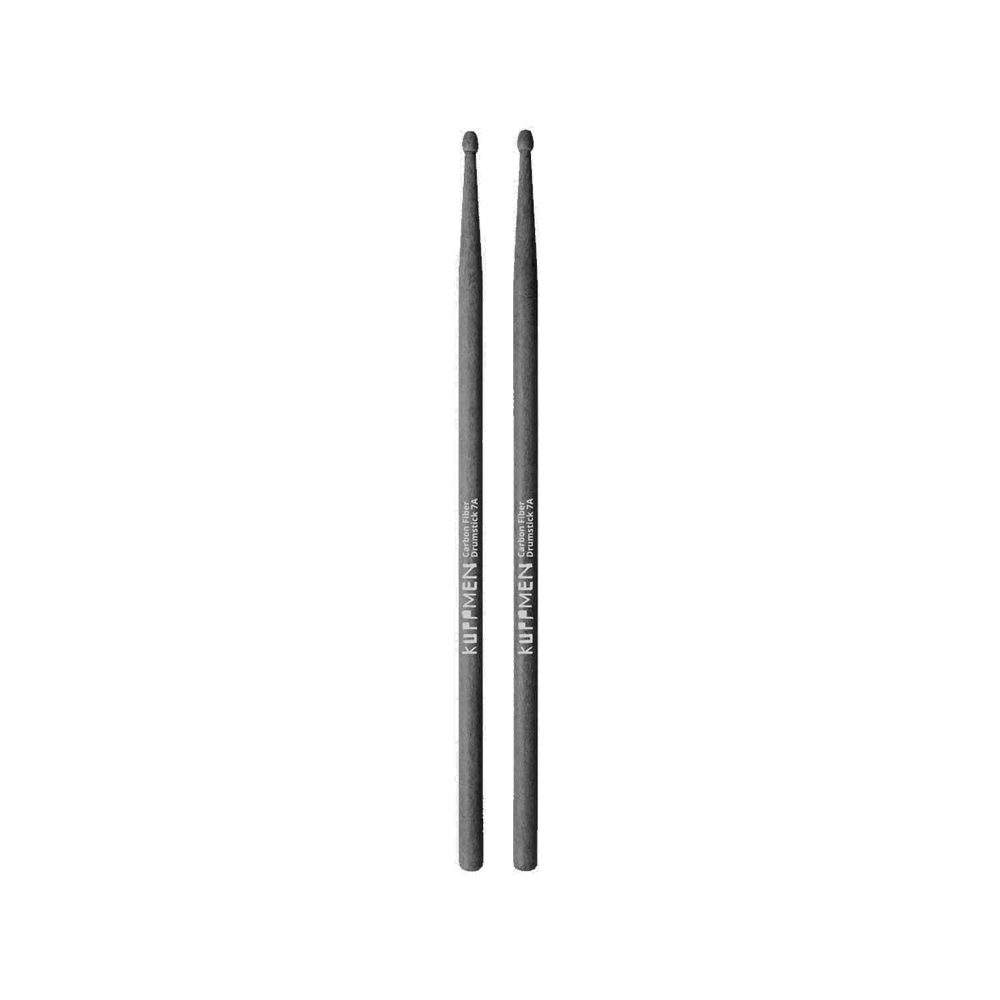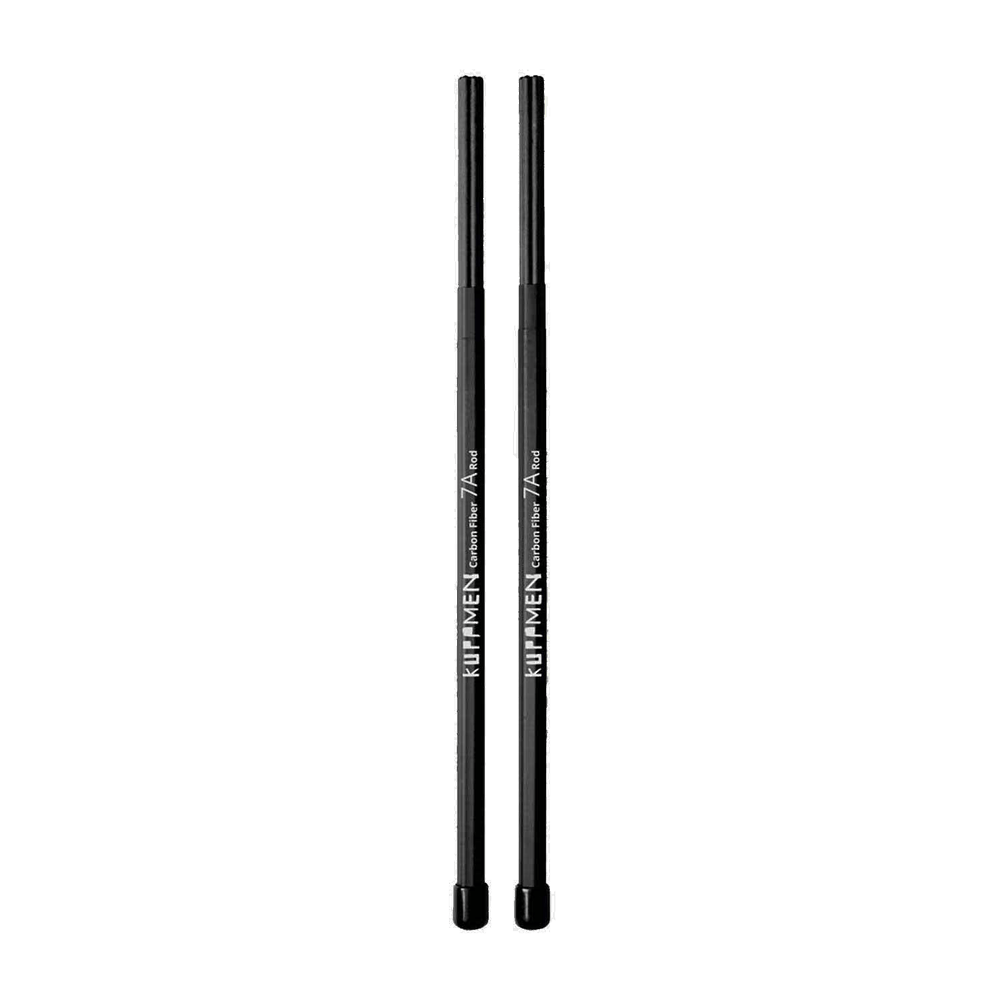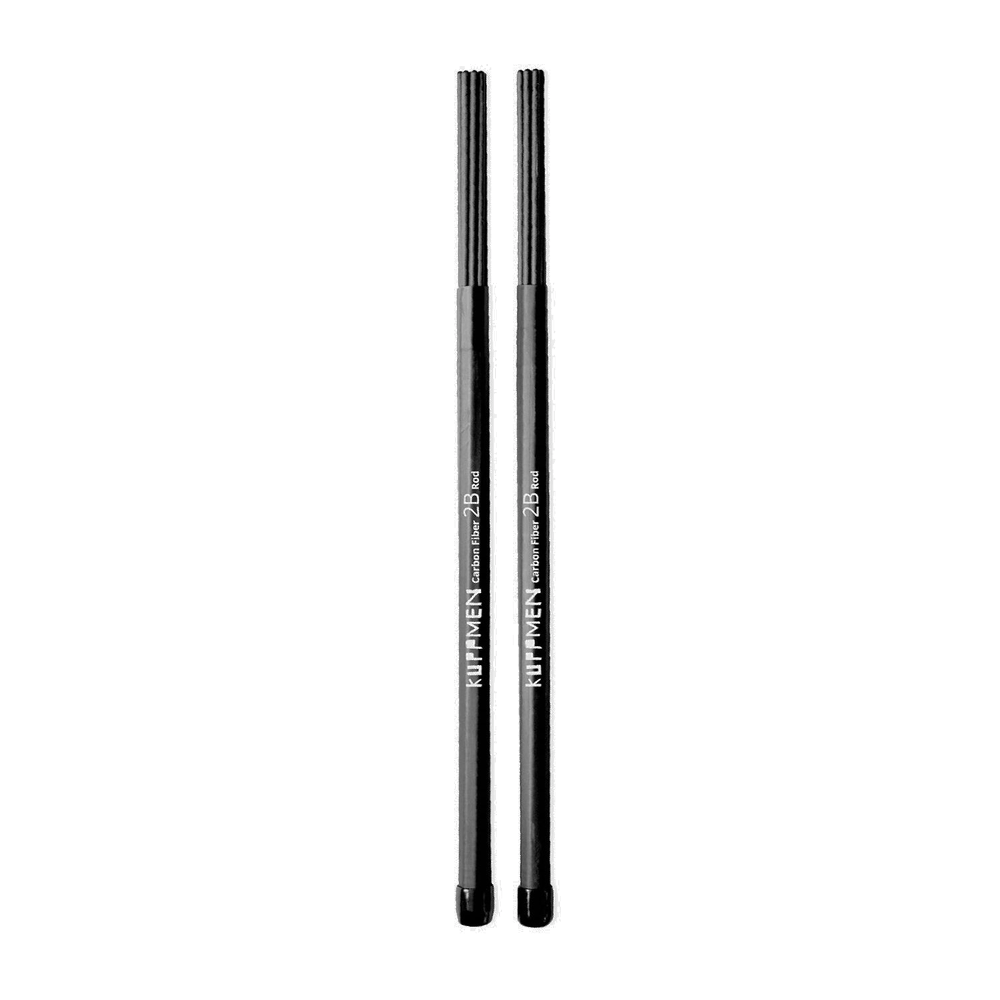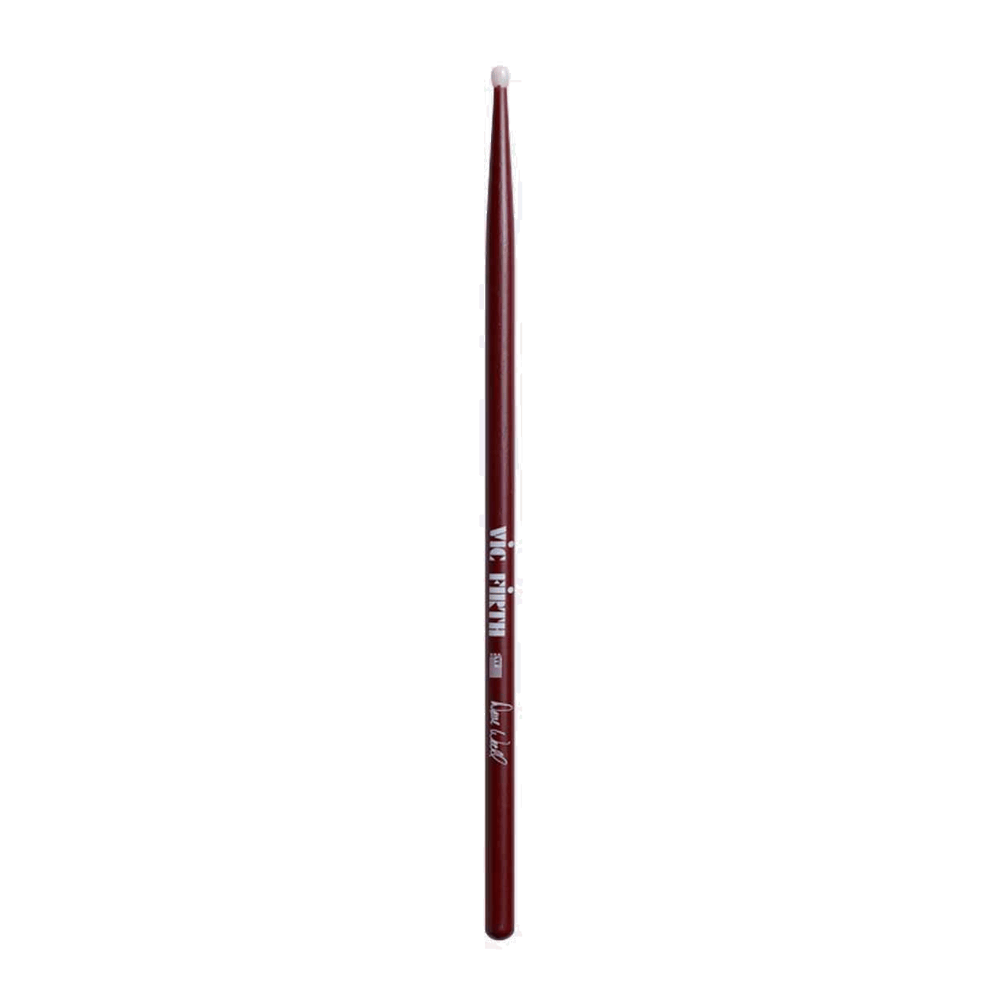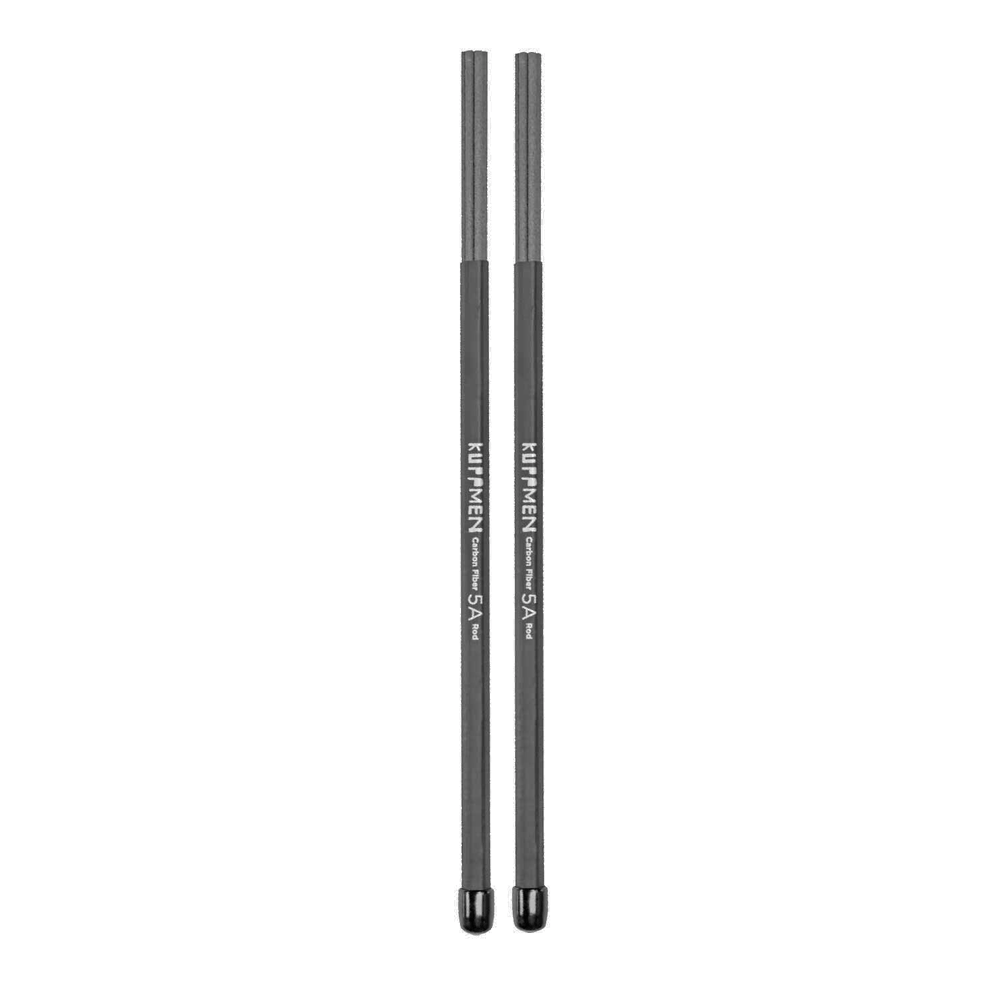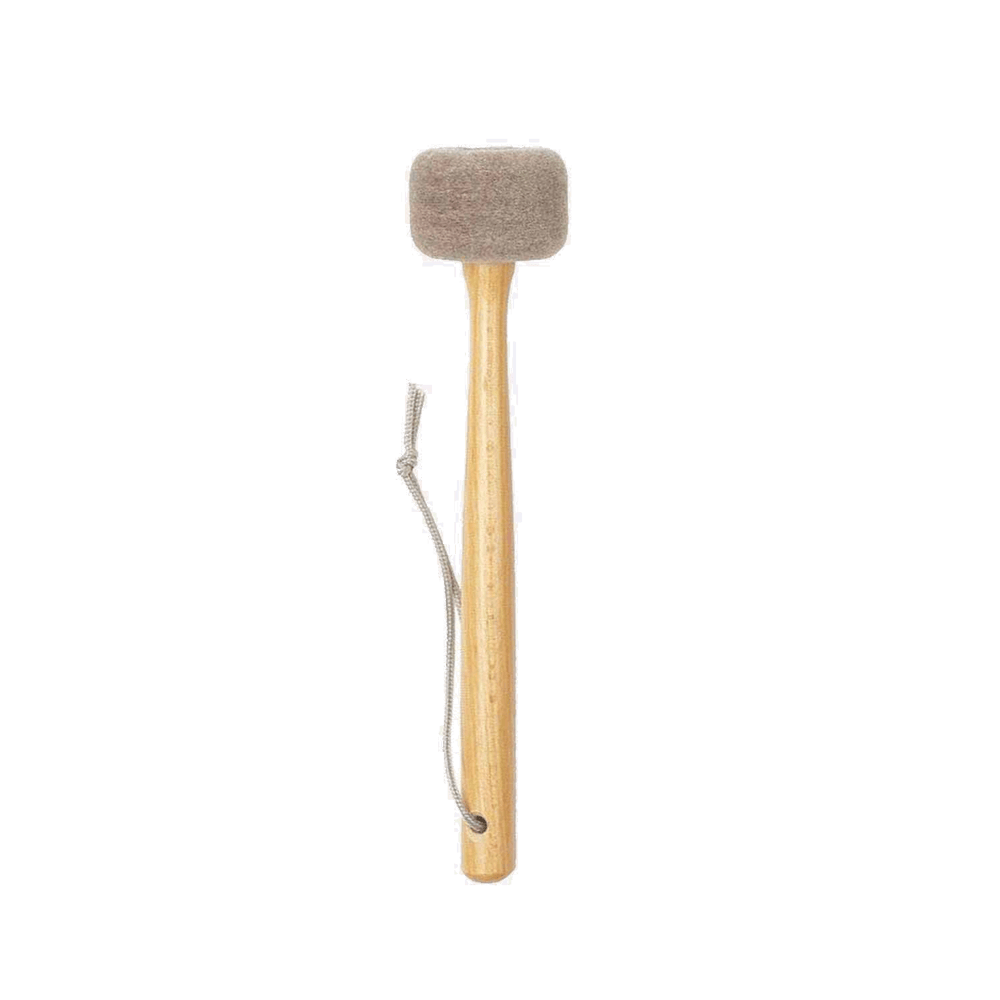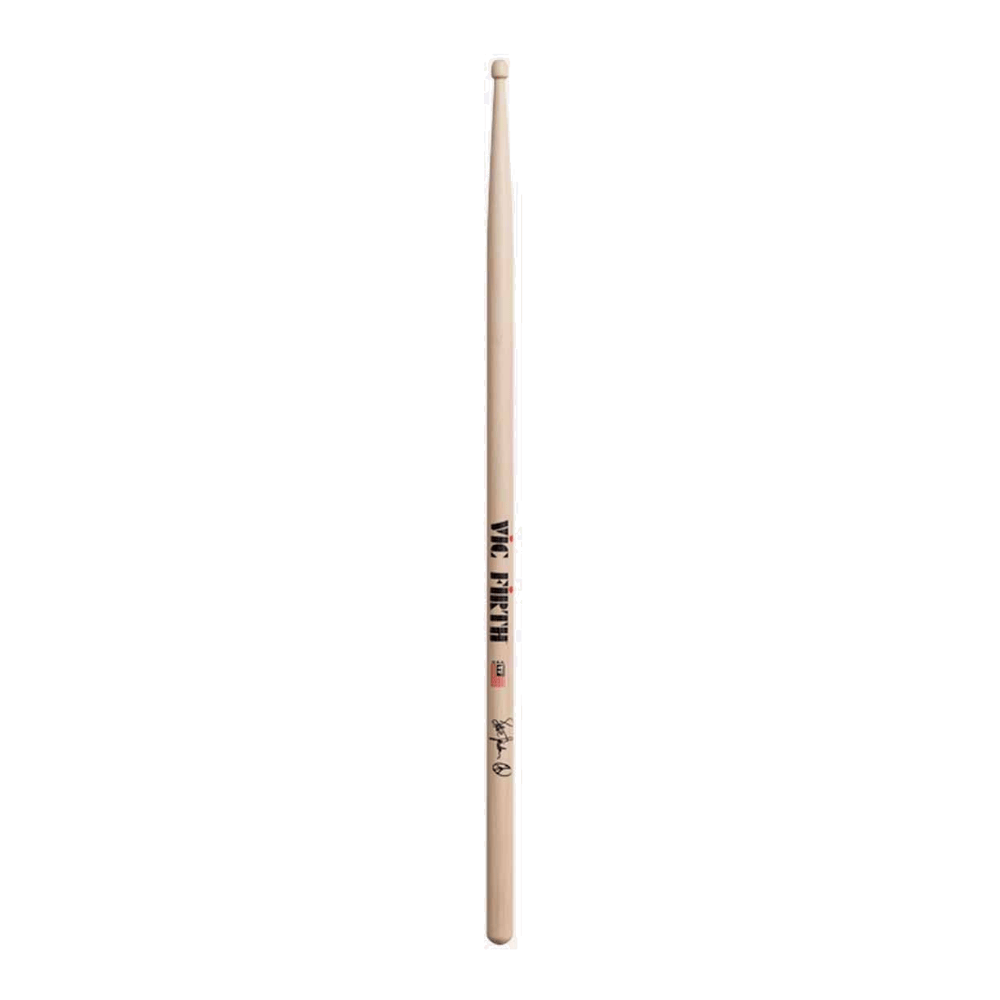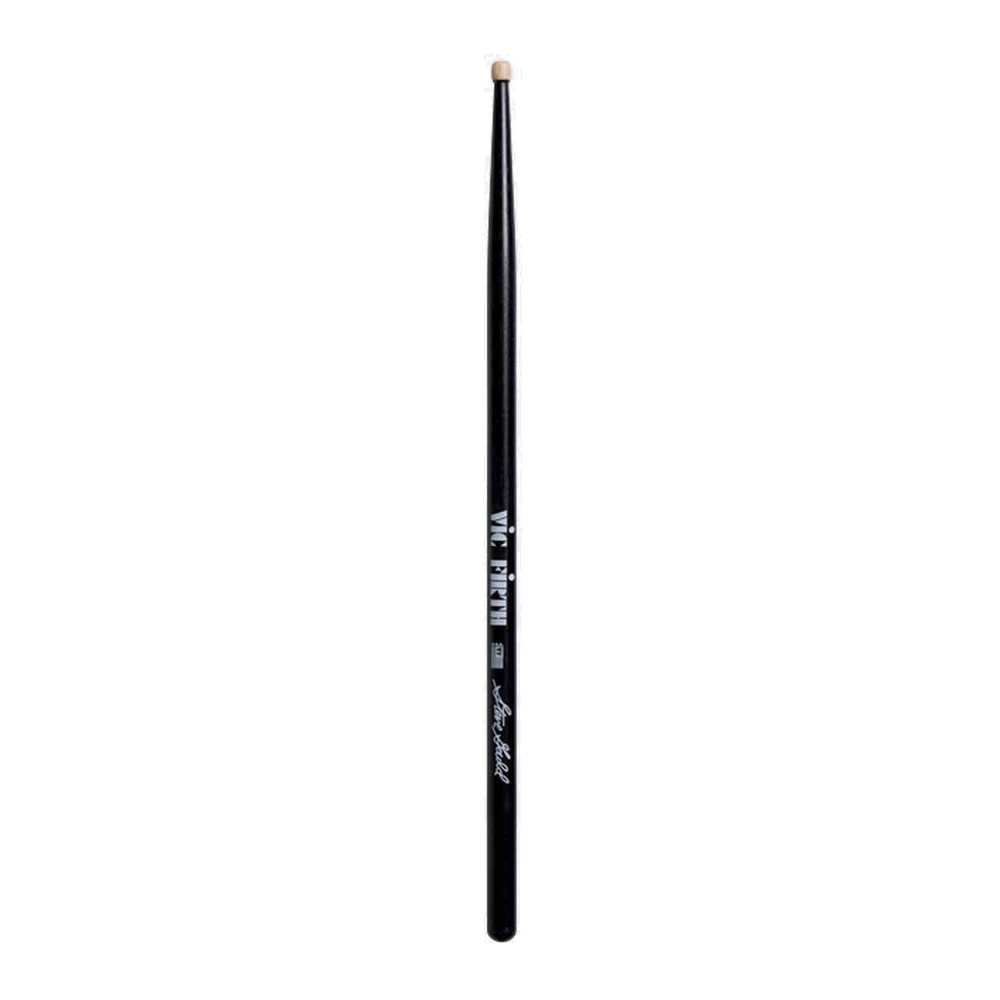-
Vic Firth 2BN American Classic Hickory -
Vic firth 8D American Classic Hickory -
Vic Firth 7AN American Classic Hickory -
Vic firth 7A American Classic Hickory -
Vic firth 5AN American Classic Hickory -
Vic Firth 2B American Classic Hickory -
Vic firth SD 1 General American Custom Maple -
Vic firth 8DN American Classic Hickory -
Vic firth 3A American Classic Hickory -
Vic firth SBR Buddy Rich Signaturestokken Hickory -
Kuppmen Carbon Fiber Drumrods 5B -
Vic firth SDW Dave Weckl Signaturestokken Hickory -
Kuppmen Carbon Fiber 7A drumstokken -
Kuppmen Carbon Fiber Drumrods 7A -
Kuppmen Carbon Fiber Drumrods 2B -
Vic firth SDWN Dave Weckl Nylon tip Signaturestokken Hickory -
Kuppmen Carbon Fiber Drumrods 5A -
Kuppmen Carbon Fiber 5B drumstokken -
Rohema/Gewa Bassdrum Mallet -
Vic firth Steve Jordan Signature -
Vic firth BJR Jazz Brushes nylon -
Vic firth Steve Gadd Signatures
Buy drumsticks?Are you ready to buy new drumsticks? This can be for several reasons. Your old sticks are broken so you want new ones. Or maybe you don't like your current sticks. Another reason could be that you need something completely different for a new style or song. You can read below what all the differences are and what you can or must take into account!Read more... |
 |
Drumsticks
In general, of course, we don't have to explain what a drumstick is. But what some drummers don't know yet is that there is a very wide variety of drumsticks. You have them in many different lengths and thicknesses. This way you have a stick that is good for every wish. The most sold drumstick is the 5A size. For young children we prefer to see the 7A to protect the wrists. These are therefore also seen as the average sizes. They have a teardrop tip. This is a kind of oval tip, but pointed at the top. In addition to these, you have even more different tips. One a bit rounder, the other a bit more pointed. In addition, the drumsticks also differ in wood type. The most common type of wood is hickory. This is chosen because it is a hard type of wood and therefore durable. But it also remains smooth while playing
Carbon sticks
In addition to the standard wooden sticks, we see that carbon drumsticks are also very much on the rise. These are poles that come in the same shapes and sizes, but are made of carbon. These therefore break less quickly than wooden drumsticks. There are drummers who now swear by these sticks. The other drummer is not a fan of it yet. Everyone has their own taste!
Rods
At first sight, drum rods are not much more than a number of thin sticks tied together into 1 drumstick. These are made from different materials. Maple, bamboo and hickory are just a few examples. The carbon variant is also already on the market. You also have these in different thicknesses. Some have a rounded tip and some just a flat top. You actually use rods as an intermediate phase between brushes and drumsticks. You see them a lot in small rehearsal rooms or small stages. Where you play too hard with sticks and have too little attack with brushes.
Brushes
These were discussed briefly in the previous heading. The literal translation of “brushes” is brush or brush. This therefore covers 1 to 1 the load. Brushes are brushes. Mostly this is used for the softer music styles. By drummers with often a somewhat smaller drum setup. In some cases even just a snare drum. You can wipe and hit your drum head with this. This gives a special sound that many people will link to jazz music. You can quickly give a different effect to your drum set with brushes. That way you can give your entire band a different sound. You also keep music exciting if you have a longer set list. Not just standard drums, but also some extras here and there.
Mallets
Within the drummers world mallets are more known as impact sticks. You often do not play entire songs with this. In some cases yes, but then you are imparting more percussion effects. Instead of playing rhythmically. These sticks are characterized by the large round head that is on them. Often with a fabric cover. This gives a nice bearing effect on your drums. You can let cymbals come on very gradually with mallets. You see this a lot with orchestras and cinematic music.
Common terms.
Hickory: A type of wood. A collective name for several trees from the walnut family.
Tip: The tip of a drumstick.
Griptape: tape that you can turn around your sticks so that you have more grip on your sticks.
Drum gloves: actually what the word says. Gloves for drummers. This prevents blisters and gives grip on the poles.
Signature sticks: These are certain types of drumsticks that are specially designed for a particular drummer. These are also delivered to private individuals with his signature.

